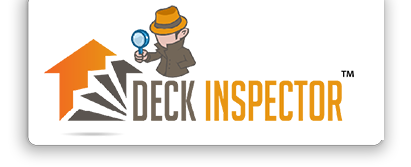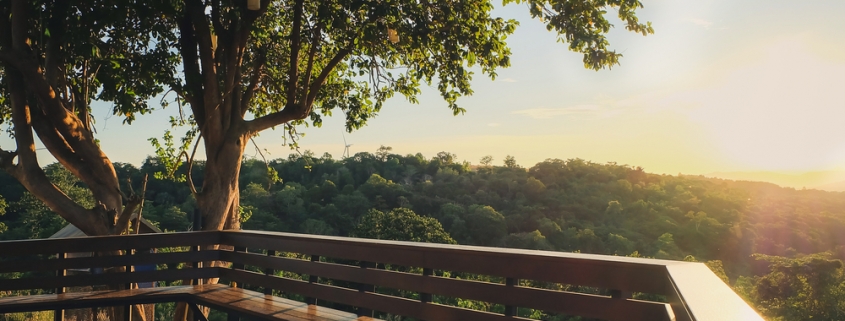Balcony Design: Durable Wood Options
Wood construction for mixed-use is very popular in the Western U.S. In fact, it has become a favorite all around the country due to its availability, construction, favorable cost, and thermal performance, among others. But waterproofing properties are important, particularly when using wood for construction. The 2018 International Building Code (IBC) even made changes to its guidelines to address occupant safety of wood-frame balconies and in compliance with California State Law SB-721.
In the changes stipulated, a section in the IBC now requires an impervious moisture barrier system to protect wood structural framing exposed to the weather. That is possible with the use of an alternative to preservative-treated or naturally durable wood.
Therefore, this type of wood should provide a water-resistant or anti-moisture barrier system to protect the structure that supports floors. So it should have positive drainage of water to infiltrate the moisture-permeable floor topping.
Durable Wood Options For Balcony Design
The IBC allows both preservative-treated (PT) wood and naturally durable wood. But when it comes to balcony framing, the former is considered a better choice than the latter.
According to the IBC, naturally durable wood is the heartwood of decay-resistant species, with the exception of the occasional piece with corner sapwood. Among the decay-resistant species are a black locust, black walnut, cedar, and redwood.
Such species are quite good choices for lower structural demand applications like deck boards in which the attractiveness of the wood is exposed. That is why PT lumber is favored because it has been certified and treated to specifications of the IBC 2303.1.9.
PT Wood
An adequate and proper specification of PT wood would require knowledge and use of the revised IBC 2018. However, the specification for PT wood that means all-balcony framing lumber should be PT wood by project designer is said to be vague and insufficient for balcony framing critical for life safety.
If you are considering balcony design, it would require the inspection of any components that are load-bearing and associated with waterproofing elements. The text in the SB-721 would require inspectors and any repairs to be done by January 1, 2022. That would go along with subsequent inspections in a five-year interval.
Conclusion
The new balcony code IBC 2018 provides an opportunity to address the reliability and safety of in-service balconies. Thus, design professionals are urged to adopt the new balcony provisions before being adopted by the governing state code and jurisdiction.
At the same time, owners of new construction projects such as decks should be informed by the balcony safety issue, the need for periodic inspections, and the new provisions to address water-related issues. That is to ensure that the balcony framing will be protected from moisture conditions that might compromise the integrity of the structure.
Building elements, such as connector hardware, guardrails, landings, stairway systems, structural frame, walking surface, and others critical to balcony design should be corrected by the property owner if found hazardous, in need of replacement, non-compliant, or structurally deficient.
The balcony bill or SB-721 requires building owners to follow the requirements associated with balconies and decks called exterior elevated elements commonly featured in most multi-family buildings in California.
Deck Inspectors for Southern California is happy to offer our services in Los Angeles, Orange County as well as San Diego and all Southern California surrounding areas like: Glendale, Pasadena, Burbank, Santa Monica, Anaheim, Temecula, Vista, Escondido, Carlsbad, and El Cajon



